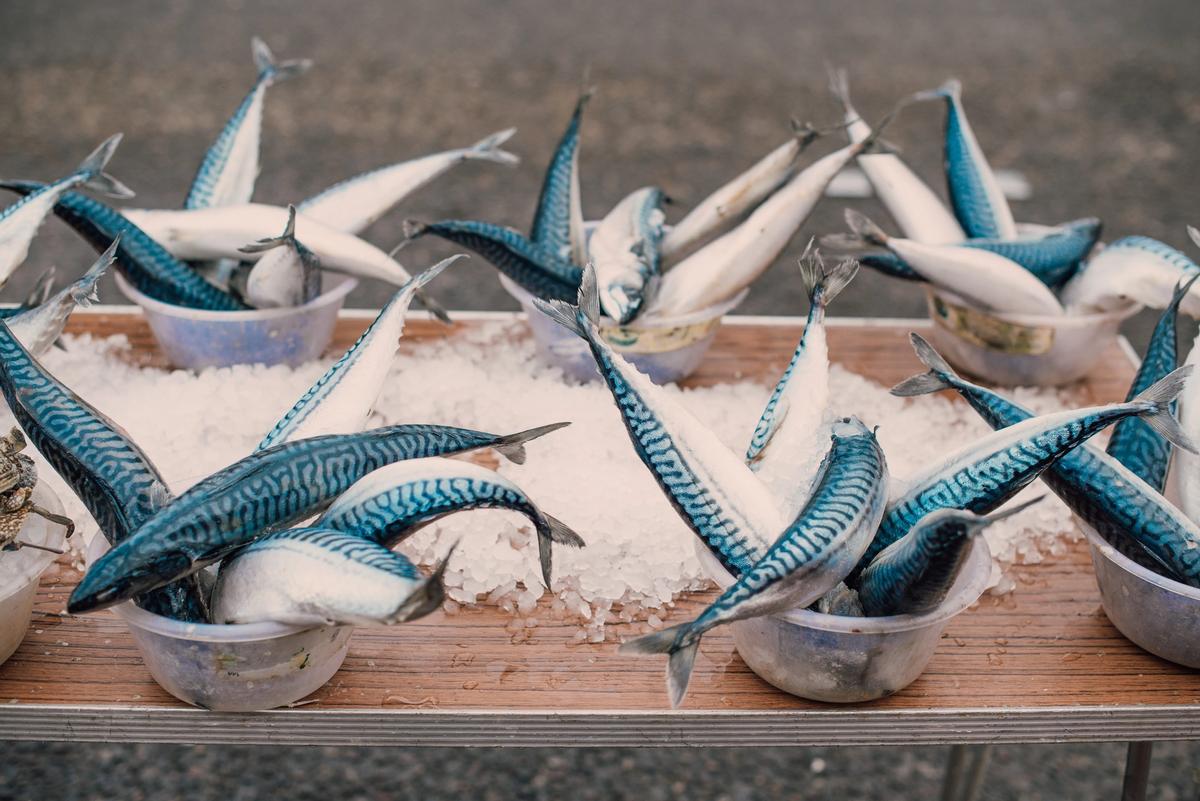International trade has become an important component of seafood production, with the growth in seafood trade greatly outpacing both population growth and seafood production growth. The EU plays a significant role in the international seafood market as the world’s largest seafood importer. The growing import of seafood into the EU has brought a large volume and variety of seafood to store shelves, fish counters and restaurant plates, but it may also be impacting EU production – the businesses and lives of EU fishers and the value chains they supply.
The impact of seafood imports on domestic production has received much less research and policy attention than the impact of (terrestrial) food imports on agricultural production. The theoretical issues are the same, however. As with all imports, the potential impact on domestic production is a combination of two necessary conditions: first, that imported products and domestic production function as substitutes (i.e. their markets are integrated), and second, that the producer is a ‘price taker’ in the market (i.e. they lack market power to influence prices). Previous studies have found several examples of integrated markets for seafood products at a European (and sometimes global) level, so there is ample scope for the import of seafood to have an impact, although the results vary on a case-by-case basis.
This study explores the impact of seafood imports on the EU small-scale coastal fleet (SSCF) – vessels under 12 metres that use passive gear (i.e. non-towed). The full scope of the EU SSCF and the fisheries it targets are extremely diverse. In Spain alone, the SSCF lands over a thousand identified species. Still, despite this diversity, SSCF production value is still concentrated on a limited number of key species. In terms of the economic importance of the SSCF, France, Italy, United Kingdom, Spain, Greece, and Portugal are the most important Member States, comprising the vast majority of SSCF vessels and landed value. Descriptive statistics for SSCF and seafood imports were provided for each EU Member State with a SSCF in Annex 1. The extended version of the report is available upon request: compared to this public version, it contains a chapter analysing the impact of imports on a domestic fishing industry, a section regarding the statistical analysis carried out to determine market integration, an appendix with the semi-structured interview questions for the three case studies and a technical appendix describing the statistical methodology applied within the study.
This report was originally posted by EUMOFA here.

